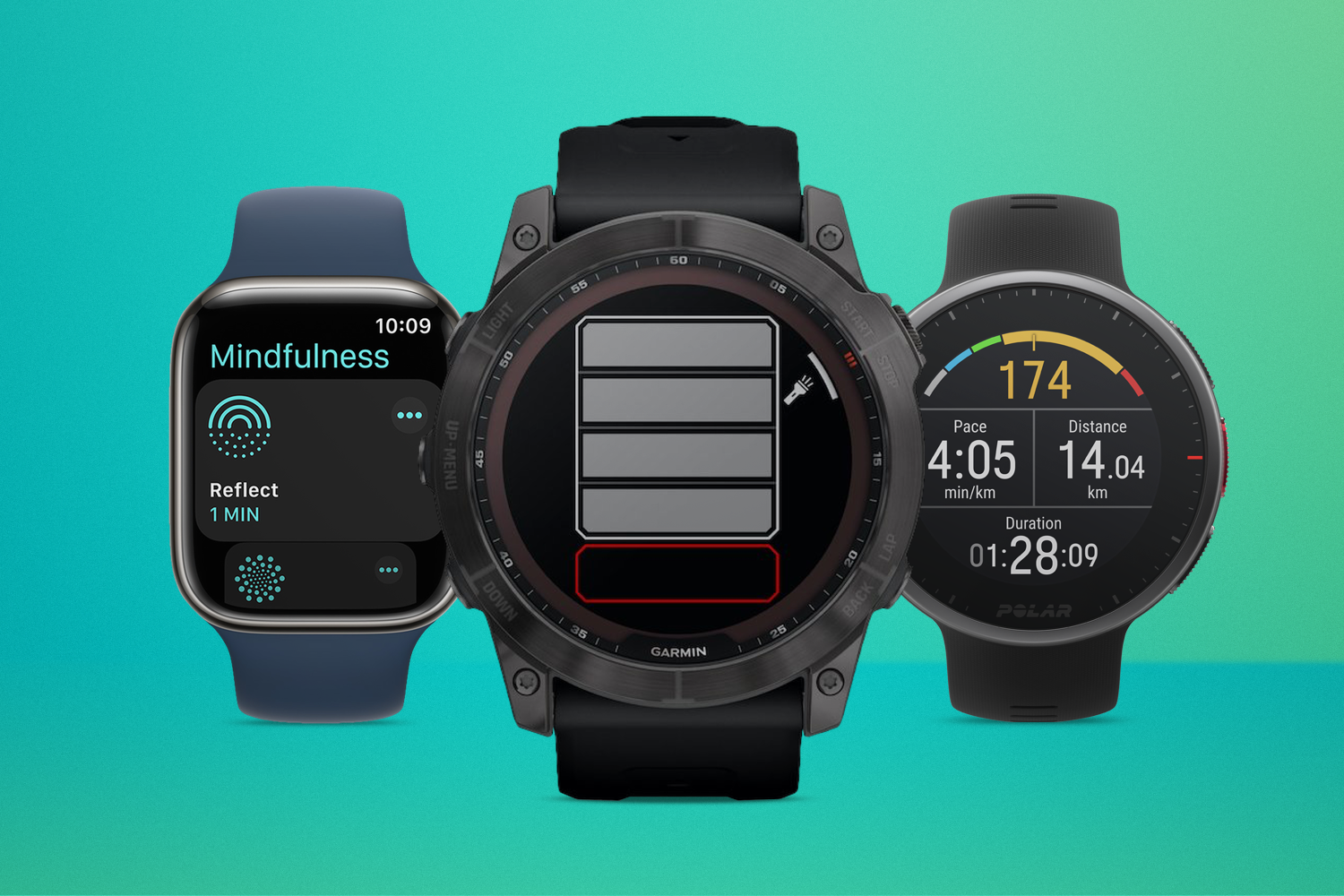
[ad_1]

Thibaud Poirier isn’t your typical architecture and interior design photographer. His works are, without a doubt, some of the most impressive works in his field, and it’s not hard to see why. Time and time again, Thibaud showcases a location with symmetry so beautiful that you can almost mistake it for a computer-generated image.
Your photos show symmetry in architecture in super satisfying ways. How do you know what’s the best way to show off that symmetry in a shot?
Effectively displaying symmetry starts with positioning myself perfectly in the middle of the scene. I use architectural details such as tiles, ceilings, or door frames to ensure precise alignment. This meticulous approach helps me create depth and perspective, emphasizing symmetry and enhancing the viewer’s experience of balance and order.
Additionally, shooting on overcast days can be beneficial, as the diffuse light prevents harsh shadows and ensures that the lighting is even throughout the space, avoiding distractions caused by sunlight coming from one side. By carefully considering the interplay of light, space, and architectural details, I ensure that each element contributes to the overall harmony of the composition.
I noticed your photos are nearly completely devoid of people. Do you use slow-shutter speeds or editing techniques to remove people from the frame and focus on the architecture?
Indeed, my photographs are typically devoid of people to emphasize the architecture. To achieve this, I use a combination of techniques. I often go through the process of asking for authorizations to get access and shoot at specific times. Shooting early in the morning, before everyone arrives, helps to capture spaces when they are naturally empty. For churches, which are often empty during long periods of the day, it is easier. If there are one or two people in the shot, I usually wait for them to leave or, as a last option, use Photoshop to remove them.
Lastly, what gear do you use and why?
My primary camera is the Sony A7R4, chosen for its high resolution and exceptional low-light performance, which are essential for capturing intricate architectural details. This mirrorless camera is also compact, robust, and lightweight, providing practical advantages.
For lenses, I rely on Canon Tilt-Shift lenses, mostly the 24mm and 50mm versions, with a Metabones Sony adapter. These lenses offer control over perspective distortion, which is crucial for architectural photography. The shift function corrects perspective and allows for panoramic stitching. The 24mm lens is my go-to for interiors due to its sharpness, while the 50mm is perfect for vignettes and exteriors.
Stability is key, so I use a Manfrotto Carbon 055 tripod with a 410 micrometric head. This ensures stability, especially during low-light or long-exposure shots, and helps keep the camera level, which is vital for using Tilt-Shift lenses.
[ad_2]






